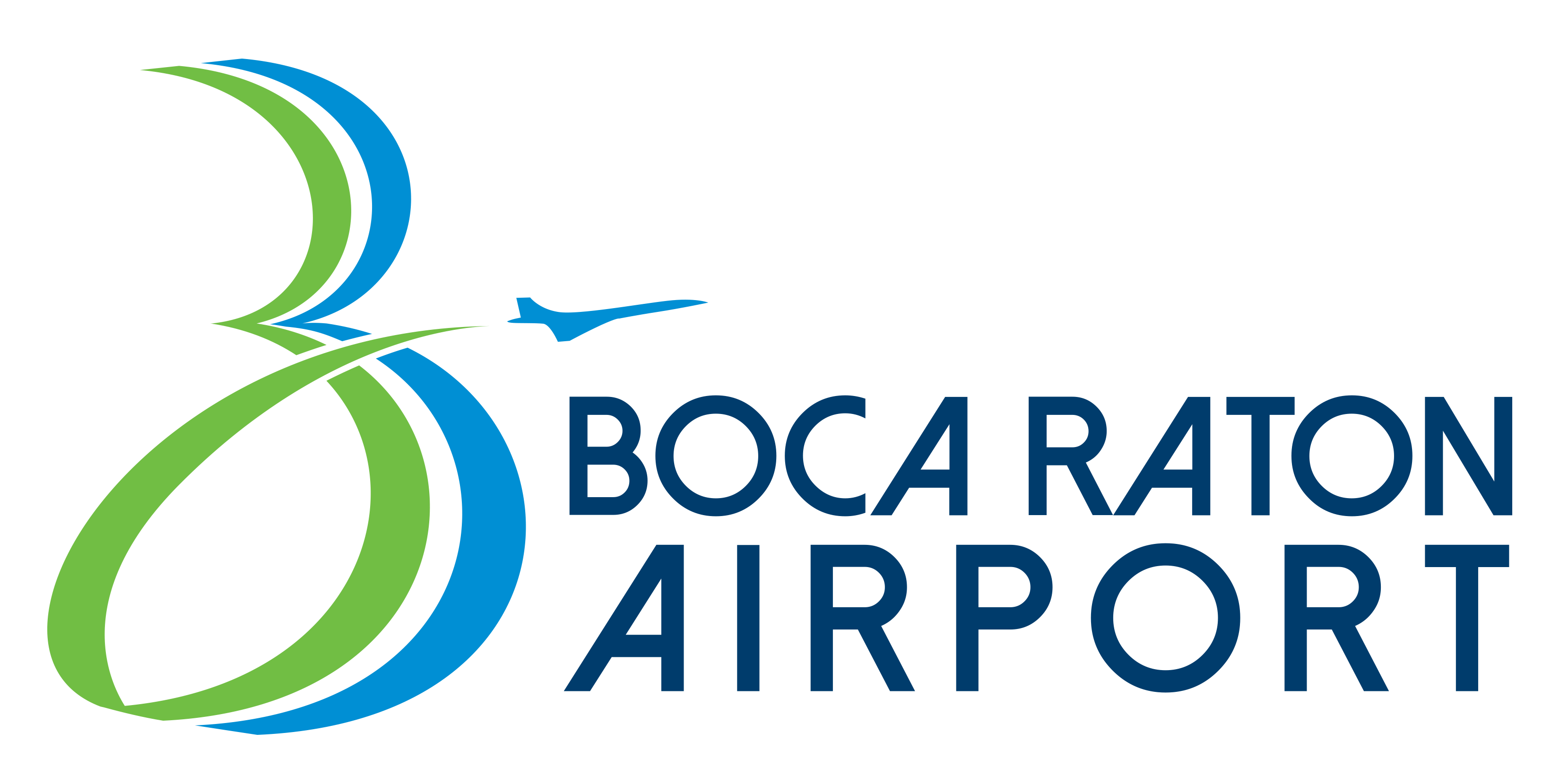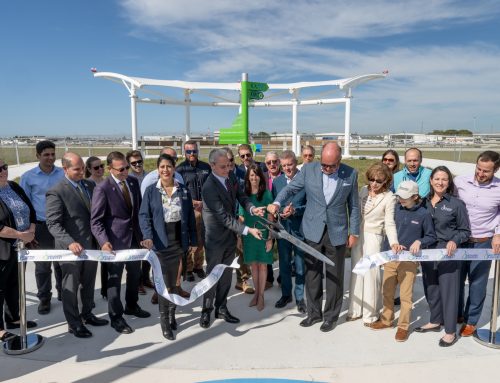Earth Day Series 2019: Exploring Ways to Lessen Our Environmental Impact
At the Boca Raton Airport, environmental protection and sustainability have long been among our top priorities. From our LEED Silver Certified Airport Authority Administration Building to our noise abatement and wildlife management initiatives, we’ve worked consistently to decrease our impact on the planet as much as possible.
As we approach Earth Day on Monday, April 22nd, we are embarking on a multi-part series that will explore some of the ways that we can lessen our environmental impact as pilots and travelers.
But first, let’s take a quick look at some of the things we did at the Airport last year to keep our ecological footprint as small as possible.
4 Things the Airport did to Minimize Environmental Impact in 2018:
 U.S. Customs and Border Protection (CBP) Facility: By constructing a CBP facility onsite at the Boca Raton Airport, pilots are now able to fly directly into Boca Raton after an international flight without first stopping at an additional airport to clear customs. By eliminating this extra stop, we eliminate an extra takeoff, which decreases the amount of fuel used.The CBP is also LEED Certified, which means the building was designed to operate with minimal energy consumption and water use. It also means that the majority of construction waste was recycled, thereby reducing the environmental impact of the discarded materials.
U.S. Customs and Border Protection (CBP) Facility: By constructing a CBP facility onsite at the Boca Raton Airport, pilots are now able to fly directly into Boca Raton after an international flight without first stopping at an additional airport to clear customs. By eliminating this extra stop, we eliminate an extra takeoff, which decreases the amount of fuel used.The CBP is also LEED Certified, which means the building was designed to operate with minimal energy consumption and water use. It also means that the majority of construction waste was recycled, thereby reducing the environmental impact of the discarded materials.- Runway Rejuvenator Project: As part of our ongoing pavement management program, pavement rejuvenator has been applied to the Airport’s runways and taxiways in 2018. The rejuvenator extends the useful life of the airfield’s pavement, which eliminates the need to fully replace the pavement for a significant number of years, therefore thwarting the pollution associated with laying asphalt and concrete.
- Wildlife Hazard Assessment: The Airport grounds and the land around it are home to a number of protected species, from gopher tortoises to burrowing owls. To ensure that we are good neighbors to these incredible animals, we conducted a Wildlife Hazard Assessment that identified specific actions the Airport could take to mitigate the risk of wildlife strikes. The suggestions are currently being implemented, which should decrease risks to wildlife on Airport grounds.
- LED Taxiway Lighting: One of the biggest energy-efficient improvements that the Airport has made was to transition from incandescent to LED lights along the taxiway. Throughout the lifecycle of these fixtures, it’s projected to save $44,938.80 in total operating costs (energy) and $157,500 in routine maintenance costs, which equals a total savings of $202,438.80. Best of all, the total estimated reduction of emissions is 270 metric tons of CO2 over 15 years, which is the equivalent of taking 51 vehicles off the road for about 12 months.







